
What small biotechs need to know about quality management systems.

What small biotechs need to know about quality management systems.

Plant closures, product recalls prompt FDA re-evaluation of GMP enforcement efforts.

By identifying and eliminating non-value-added activities, drug manufacturers can avoid falling into the same cost-traps in the future.
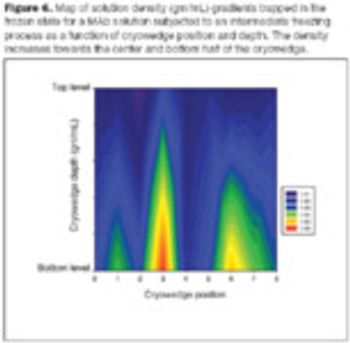

More information may be available on drug approvals, prices, and research to expand public understanding of regulatory policies.

Vetter held a groundbreaking ceremony for its new facility in Ravensburg.
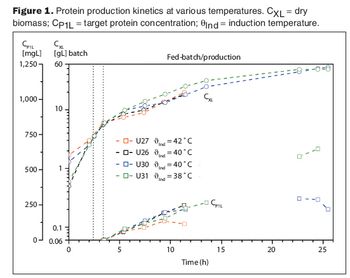
Two case studies show how advanced information technologies make process development more efficient.

International outsourcing and rising theft spur regulatory action and manufacturer oversight.

Broader benefits and biosimilars will offset hefty fees and discounts while preserving R&D incentives.
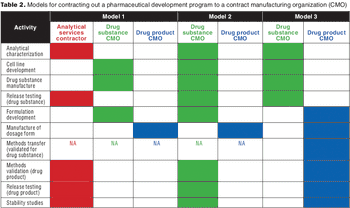
Formulation strategy is an important consideration when selecting and managing outsourced biopharmaceutical development programs.
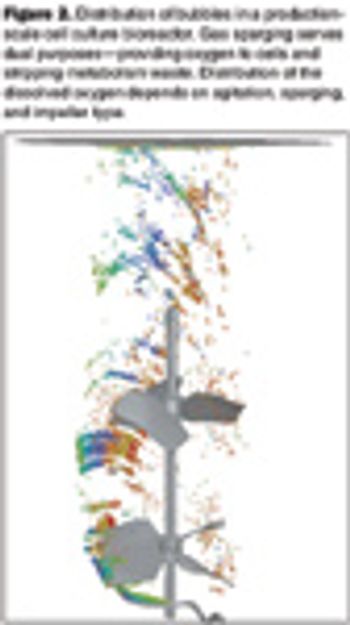
Computational fluid dynamics can resolve performance problems.
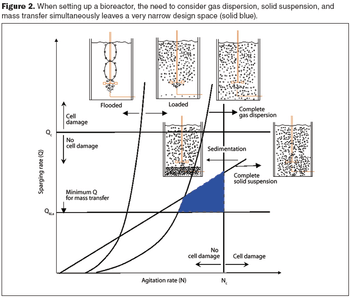
Computational fluid dynamics is a powerful tool to optimize processes.

The FDA is expanding postmarketing safety requirements, despite limited resources to manage these added responsibilities.

An effective CAPA plan provides a mechanism for responding to the unexpected.

Design of experiments is a valuable tool for identifying aspects of a formulation that are critical to product quality.

The new Sentinel system aims to expand access to data on medical product safety and patient effects.

Sufficient process history is key to the rapid transfer of your process.

Trouble at Genzyme and with flu vaccine production illustrates the challenges in producing safe and potent biologics.

One might look at QbD's plodding growth and conclude that it is never going to make it to graduation.
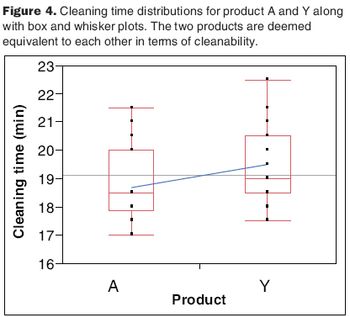
The two-one-sided t-test compares the equivalency of two data sets.

How will implementing Quality by Design strategies affect your compliance status?

Demand for new vaccines and therapies in 2010 will be offset by concerns about drug prices and product safety.

The nimbleness of biotechs makes them well suited to implementing QbD. Here's how to get started.
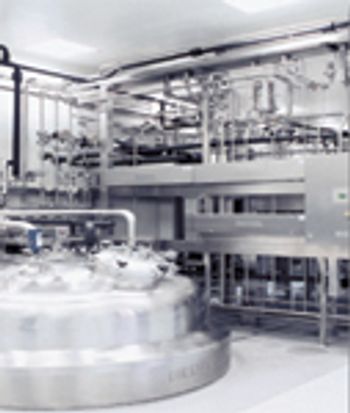
Regulatory flexibility can make continuous improvement possible.

A new analysis highlights growth opportunities and challenges for contract development and manufacturing organizations.